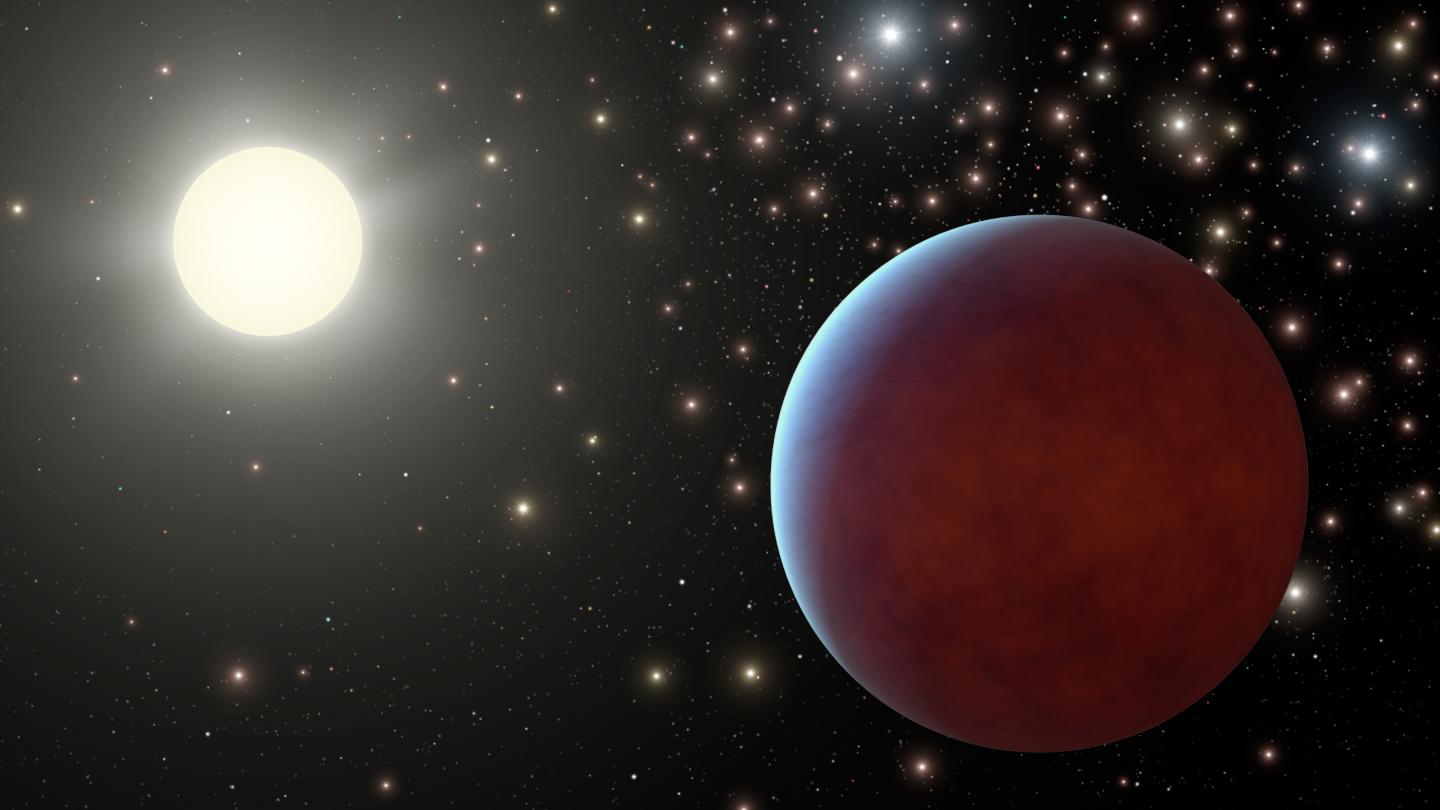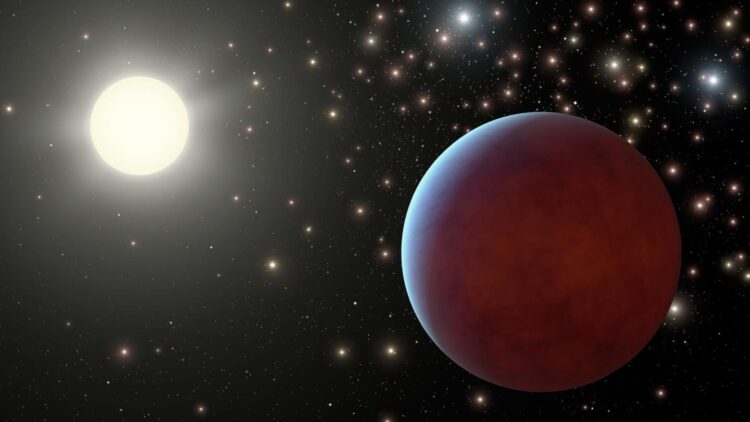Stellar chemical compositions used as proxy for potentially habitable systems

Credit: NASA/JPL-Caltech
SAN ANTONIO — Sept. 16, 2020 — A Southwest Research Institute scientist has identified stellar phosphorus as a probable marker in narrowing the search for life in the cosmos. She has developed techniques to identify stars likely to host exoplanets, based on the composition of stars known to have planets, and proposes that upcoming studies target stellar phosphorus to find systems with the greatest probability for hosting life as we know it.
“When searching for exoplanets and trying to see whether they are habitable, it’s important that a planet be alive with active cycles, volcanoes and plate tectonics,” said SwRI’s Dr. Natalie Hinkel, a planetary astrophysicist and lead author of a new paper about this research in the Astrophysical Research Letters. “My coauthor, Dr. Hilairy Hartnett, is an oceanographer and pointed out that phosphorus is vital for all life on Earth. It is essential for the creation of DNA, cell membranes, bones and teeth in people and animals, and even the sea’s microbiome of plankton.”
Determining the elemental ratios for exoplanetary ecosystems is not yet possible, but it’s generally assumed that planets have compositions similar to those of their host stars. Scientists can measure the abundance of elements in a star spectroscopically, studying how light interacts with the elements in a star’s upper layers. Using these data, scientists can infer what a star’s orbiting planets are made of, using stellar composition as a proxy for its planets.
On Earth, the key elements for biology are carbon, hydrogen, nitrogen, oxygen, phosphorus, and sulfer (or CHNOPS). In today’s oceans, phosphorus is considered the ultimate limiting nutrient for life as it’s the least available chemical necessary for biochemical reactions.
Hinkel used the Hypatia Catalog, a publicly available stellar database she developed, to assess and compare the carbon, nitrogen, silicon, and phosphorus abundance ratios of nearby stars with those in average marine plankton, the Earth’s crust, as well as bulk silicate on Earth and Mars.
“But there’s so little phosphorus stellar abundance data,” Hinkel said. “Phosphorus data exists for only about 1% of stars. That makes it really difficult to figure out any clear trends in between the stars, let alone the role of phosphorus in the evolution of an exoplanet.”
It’s not that the stars are necessarily lacking phosphorus, but it’s difficult to measure the element because it’s detected in a region of the light spectrum not typically observed: at the edge of the optical (or visual) wavelengths of light and infrared light. Most spectroscopic studies are not tuned to find elements in that narrow range.
“Our Sun has relatively high phosphorus and Earth biology requires a small, but noticeable, amount of phosphorus,” Hinkel continued. “So, on rocky planets that form around host stars with less phosphorus, it’s likely that phosphorus will be unavailable for potential life on that planet’s surface. Therefore, we urge the stellar abundance community to make phosphorus observations a priority in future studies and telescope designs.”
Moving forward, these findings could revolutionize target star selections for future research and clinch the role elements play in exoplanet detection, formation and habitability.
###
This paper was published Sept. 11 in the Astrophysical Journal Letters, https:/
For more information, visit https:/
Media Contact
Deb Schmid
[email protected]
Related Journal Article
http://dx.





